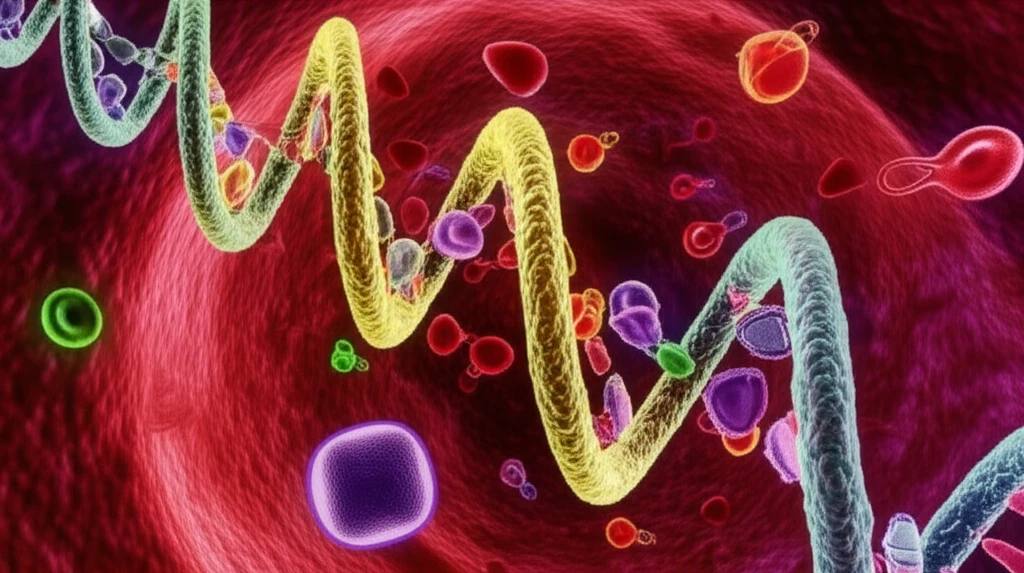
Decoding Cancer: How Liquid Biopsies are Revolutionizing Personalized Treatment
"A new study reveals how analyzing circulating tumor DNA can unlock tailored therapies, offering hope for diverse cancer patients."
The fight against cancer is constantly evolving, with researchers seeking more precise and less invasive methods to understand and treat this complex disease. One promising avenue is the analysis of circulating tumor DNA (ctDNA), fragments of DNA shed by cancer cells into the bloodstream. This approach, often called a "liquid biopsy," offers a way to peek into the genetic makeup of a tumor without the need for traditional, invasive tissue biopsies.
Traditional biopsies, while essential, have limitations. They can be painful, carry risks, and may not always capture the full picture of a tumor's genetic diversity. Tumors evolve over time and can vary in different locations within the body. Liquid biopsies offer a potential solution by providing a more comprehensive and dynamic view of the cancer's genetic landscape.
A recent study published in Cancer Research sheds light on the power of liquid biopsies to identify actionable genomic alterations in a diverse group of cancer patients. This research demonstrates how analyzing ctDNA can guide personalized treatment strategies, offering new hope for improved outcomes.
Unlocking the Potential: Key Findings from the ctDNA Study

The study, led by researchers at the University of California San Diego (UCSD) and Guardant Health, analyzed ctDNA from 670 patients with various types of cancer. The goal was to identify genomic alterations that could be targeted with specific therapies. The results revealed several important insights:
- Frequent Mutations: The most frequently observed alterations were in the genes TP53 (32.5%), EGFR (13.0%), KRAS (12.5%), and PIK3CA (9.1%). These genes play critical roles in cell growth, survival, and response to therapy.
- Cancer-Specific Profiles: The study also found variations in the types of alterations depending on the cancer type. For example, head and neck cancers showed a higher number of alterations compared to brain tumors.
- Brain Tumor Insights: While brain tumors were less likely to show ctDNA alterations (32%), the detection of even a single alteration could be valuable for treatment planning.
The Future of Cancer Treatment: Personalized Approaches and Liquid Biopsies
The research underscores the potential of liquid biopsies to revolutionize cancer care. By offering a non-invasive and comprehensive view of a tumor's genetic makeup, ctDNA analysis can guide personalized treatment strategies, improve patient outcomes, and accelerate the development of new therapies. As technology advances and our understanding of cancer evolves, liquid biopsies are poised to play an increasingly vital role in the fight against this complex disease. The ability to serially monitor ctDNA also provides a powerful tool for tracking treatment response and detecting resistance early, allowing for timely adjustments to therapy.
